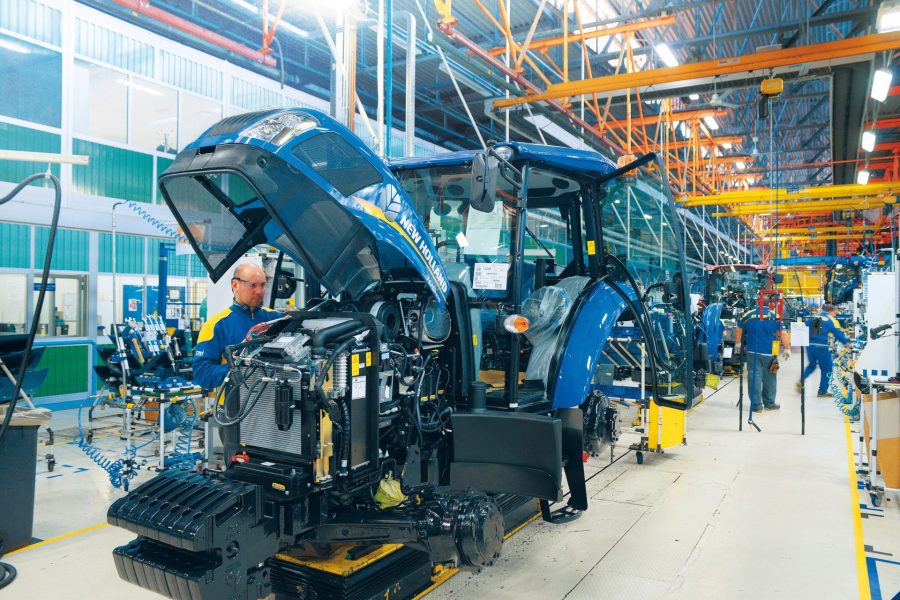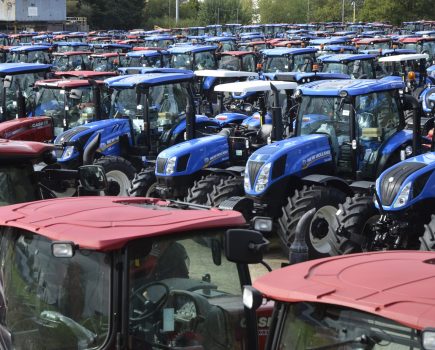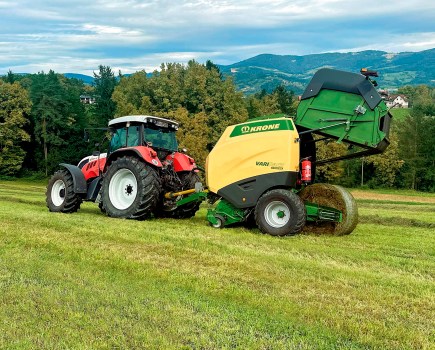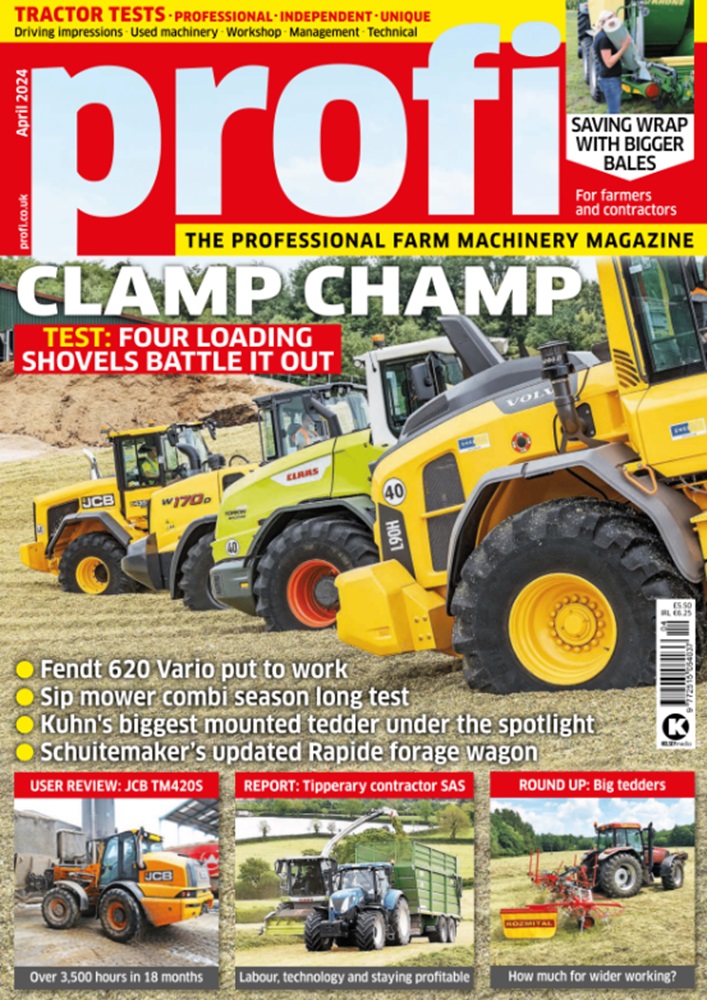Faster availability and less waste are two benefits claimed for the 3D printer technology used by CNH Industrial to manufacture certain components and spare parts.
The raw material used for parts made via traditional methods has to be machined, which is not only time consuming and expensive, but also results in a lot of waste. 3D printing (also known as additive manufacturing) differs in that it uses Computer-Aided-Design (CAD) software or 3D object scanners to deposit layers of material to create printed spare parts from a digital design.
The print head moves back and forth, much like the head on a 2D inkjet printer, but typically moves on x-, y- and z-axes to create 3D objects. Layers harden as they cool (sometimes cured by ultraviolet light) and it takes 24 to 36 hours to print a product.
Other benefits of the process include increased precision and 3D printing also paves the way for local, on-demand manufacturing of spare parts, and the possibility to produce small numbers quickly.
The company is unable to provide us with a picture, and we have no idea if they will be cheaper or more expensive, but the first four plastic parts created by this new process will be used on buses and farm equipment.
CNH Industrial, the parent company of Case IH, New Holland and Steyr, says it is committed to further investigating the potential of additive manufacturing with the aim of producing a full range of parts, which in the future could even include metal printed ones.






